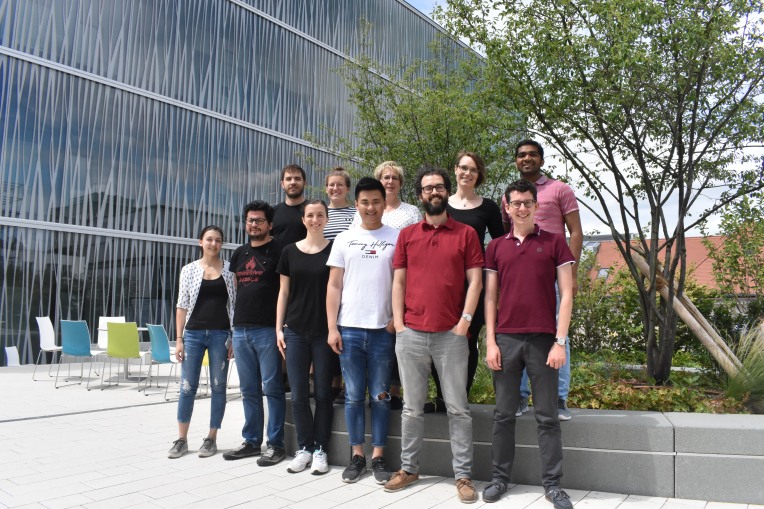
Division of labor between specialized cell types is a principle of multicellular life. We study mechanisms of cell fate decisions in health and disease. To do so, we develop and use methods in single-cell genomics, including strategies for massively parallel lineage analysis, single cell RNA labeling, and spatially-resolved transcriptomics. Our projects typically combine experimental and theoretical approaches We use these methods to investigate processes in embryonic development and to understand adult tissue regeneration in the zebrafish, an organism that has the ability to efficiently regenerate many organs that in humans have only limited regenerative capacity. In collaborations we strive to apply our methods also to other systems, including organoids and human patient samples.

Key Publications
Mitic, N., Neuschulz, A., Spanjaard, B., Schneider, J., Fresmann, N., Novoselc, K.T., Strunk, T., Münster, L., Olivares-Chauvet, P., Ninkovic, J., Junker, J.P. (2024) Dissecting the spatiotemporal diversity of adult neural stem cells. Mol Syst Biol 20, 4.
Hu, B., Spanjaard, B., Lelek, S., El-Sammak, H., Simoes, M., Mintcheva, J., Aliee, H., Schäfer, R., Meyer, A.M., Theis, F., Stainier, D.Y.R., Panáková, D., Junker, J.P. (2022) Origin and function of activated fibroblast states during zebrafish heart regeneration. Nat Genet 54, 1227-1237.
Holler, K., Neuschulz, A., Drewe-Boß, P., Mintcheva, J., Spanjaard, B., Arsiè, R., Ohler, U., Landthaler, M., Junker, J.P. (2021) Spatio-temporal mRNA tracking in the early zebrafish embryo. Nat Commun 12, 3358.
Spanjaard, B., Hu, B., Mitic, N., Olivares-Chauvet, P., Janjuha, S., Ninov, N., Junker, J.P. (2018). Simultaneous lineage tracing and cell-type identification using CRISPR-Cas9-induced genetic scars. Nat Biotechnol 36, 469-473.
Selected by Science as part of the “Breakthrough of the Year 2018”
Junker, J.P., Noël, E.S., Guryev, V., Peterson, K.A., Shah, G., Huisken, J., McMahon, A.P., Berezikov, E., Bakkers, J., van Oudenaarden, A. (2014). Genome-wide RNA tomography in the zebrafish embryo. Cell 159, 662-675.